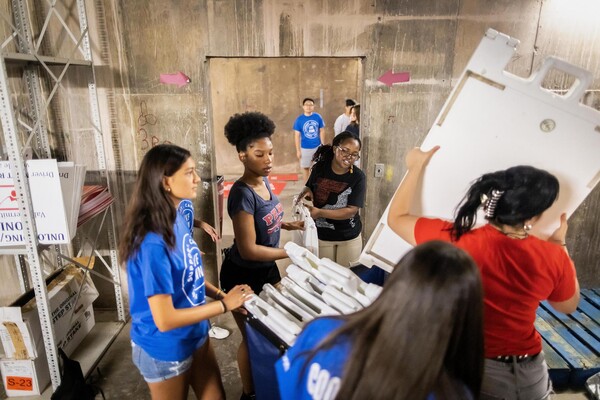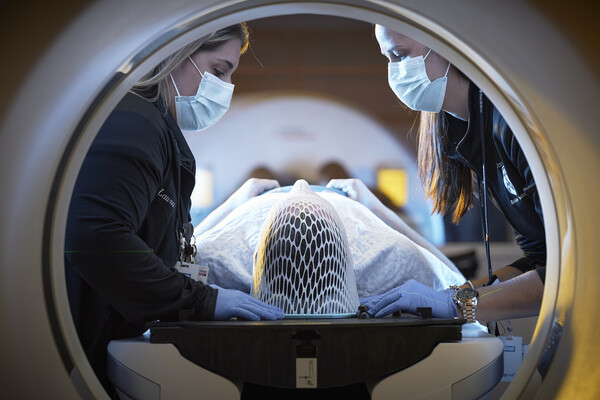How to get America's youth back to the polls
Between 1972 and 2000, the rate at which young Americans voted dropped by 13 percent, and by the ever-so-close 2000 election, only 42 percent of voters aged 18 to 24 went to the polls.
For America’s youth, voting advocates say, it was a wasted opportunity to make a difference in one of the closest elections in U.S. history.
But as the 2004 election nears, those advocates are putting unprecedented amounts of money and energy into wooing that demographic back to the polls— and some say the effort will pay off.
“ What’s happening this election cycle is quite historic, both because of the size of what’s going on and also because of the sophistication of the effort we’re involved with,” said youth voting advocate Ivan Frishberg, one of several panelists to take part in Penn’s “Taking Back the Vote” symposium Sept. 22 at Houston Hall.
The event, hosted by Penn’s Robert A. Fox Leadership Program, brought together representatives from the Kerry and Bush campaigns, Penn professors and youth voting advocates to discuss why America’s young people don’t vote—and how to change that.
Though the panelists said there’s no denying the poor voting record of America’s youth, they also agreed that, with increased efforts to re-energize those young voters, the 2004 election may be different.
“ We think things are going to come together and we’re going to have a good turnout,” said panelist Jennifer Phillips, an organizer for the National Campaign for Political and Civic Engagement. “But there are still some significant challenges.”
Roughly $40 million is being spent this year by various organizations to improve youth voter turnout—and because of the level of apathy among those voters, every penny will count, panelists said.
Philadelphia-based clothing company Urban Outfitters recently caused a stir when it began marketing tee shirts proclaiming, “Voting is for old people.” Unfortunately, Frishberg said, the company wasn’t off base.
“ It is true,” he said. “Young people’s participation in the electoral process has dropped sharply, raising serious questions about the health of our democracy.”
Frishberg said youth voters continue to believe politicians and political parties mostly ignore their concerns. As a result, political parties and campaign managers are less likely to target America’s youth. “It’s a vicious cycle,” he said. “You have this sort of standoff between young voters and politicians.”
The panelists said young people’s lack of interest in politics is especially confusing given the generation’s commitment to volunteer work.
Apparently, it’s not that they don’t consider community involvement important, but rather that they don’t trust the political process, political parties and politicians themselves.
It’s hardly a surprise, then, when young voters tune campaign messages out entirely.
“ What we’re hearing from students is confusion … and skepticism, and a lot of ‘I don’t like the candidates who are running,’” Phillips said.Phillips’ group, based out of Harvard University, is working to change those feelings.
The campaign has teamed up with 18 other colleges to host voter registration drives and stress the importance of voting—particularly during this year’s election, which some say could mirror the 2000 race.
Partner schools in the campaign are incorporating those drives into everything from freshman orientation to football games, Phillips said. “Some of our southern schools can get 100,000 people at a football game, which is something you just don’t see in Massachusetts,” he said. Jamie Uzeta, head of MTV’s Choose or Lose campaign, said the network wants to relay its pro-voting message to 20 million young voters before Nov. 4.
The network has enlisted several celebrities to join its cause, and will also bring the Choose or Lose message to some of its regular programs, including “TRL” and “Real World: Philadelphia.” MTV is also planning two full days of election coverage in November, Uzeta said.
“ We wanted to set a goal that would be inspirational to young people, and also send a message to our leaders about the size of the youth vote,” Uzeta said. “We felt there was a real pessimism about the power of the youth vote. Part of our mission was to crush that misconception.”







